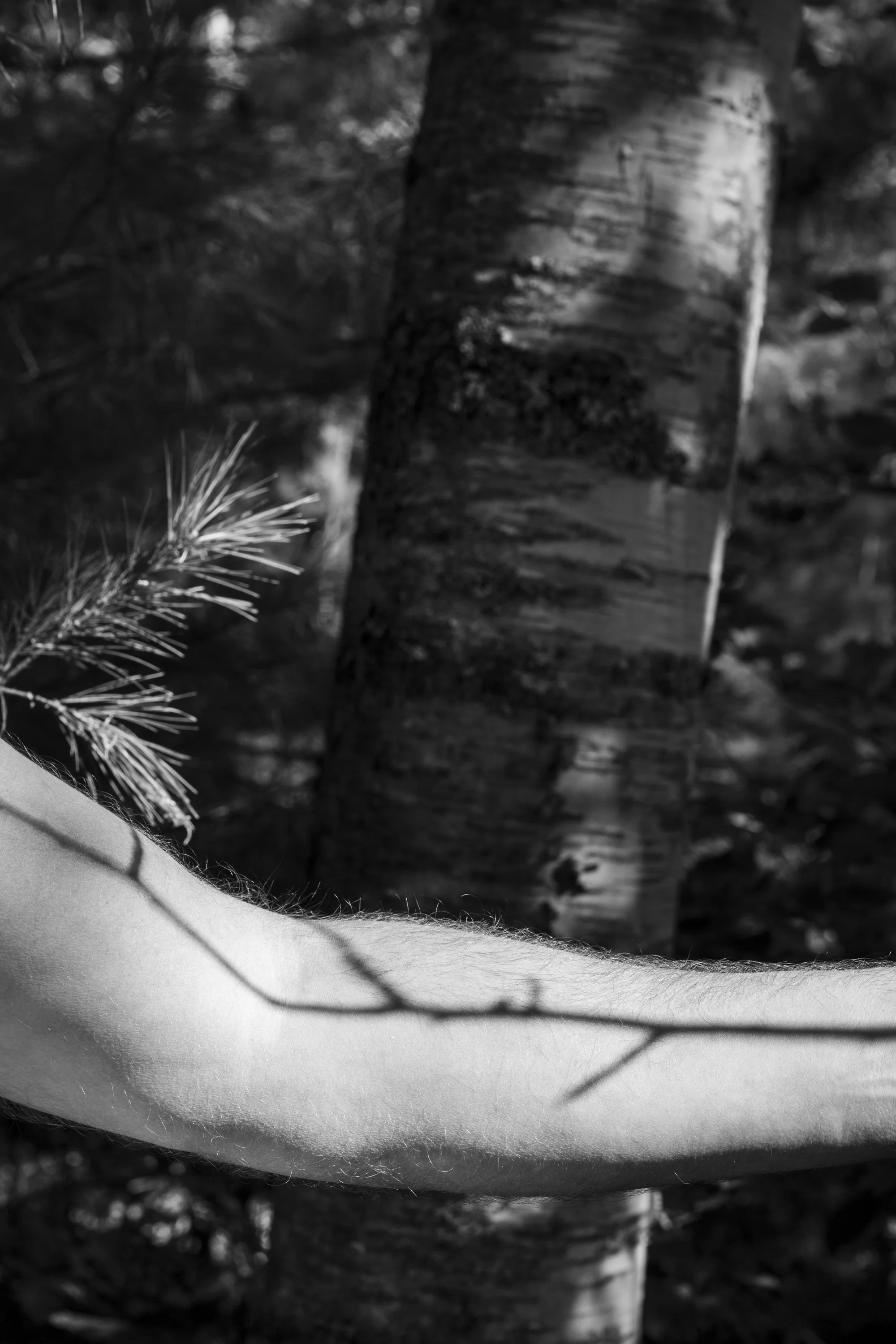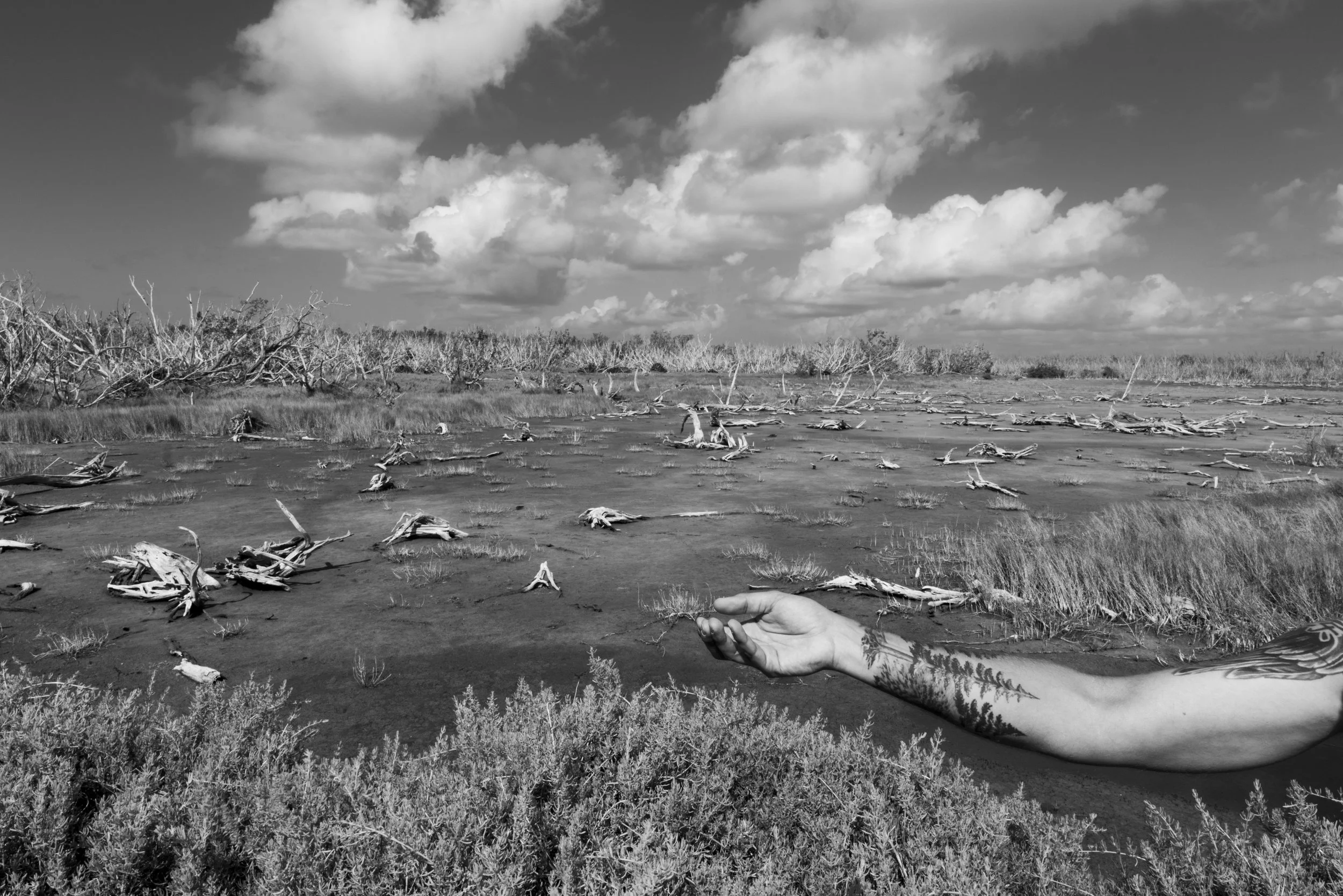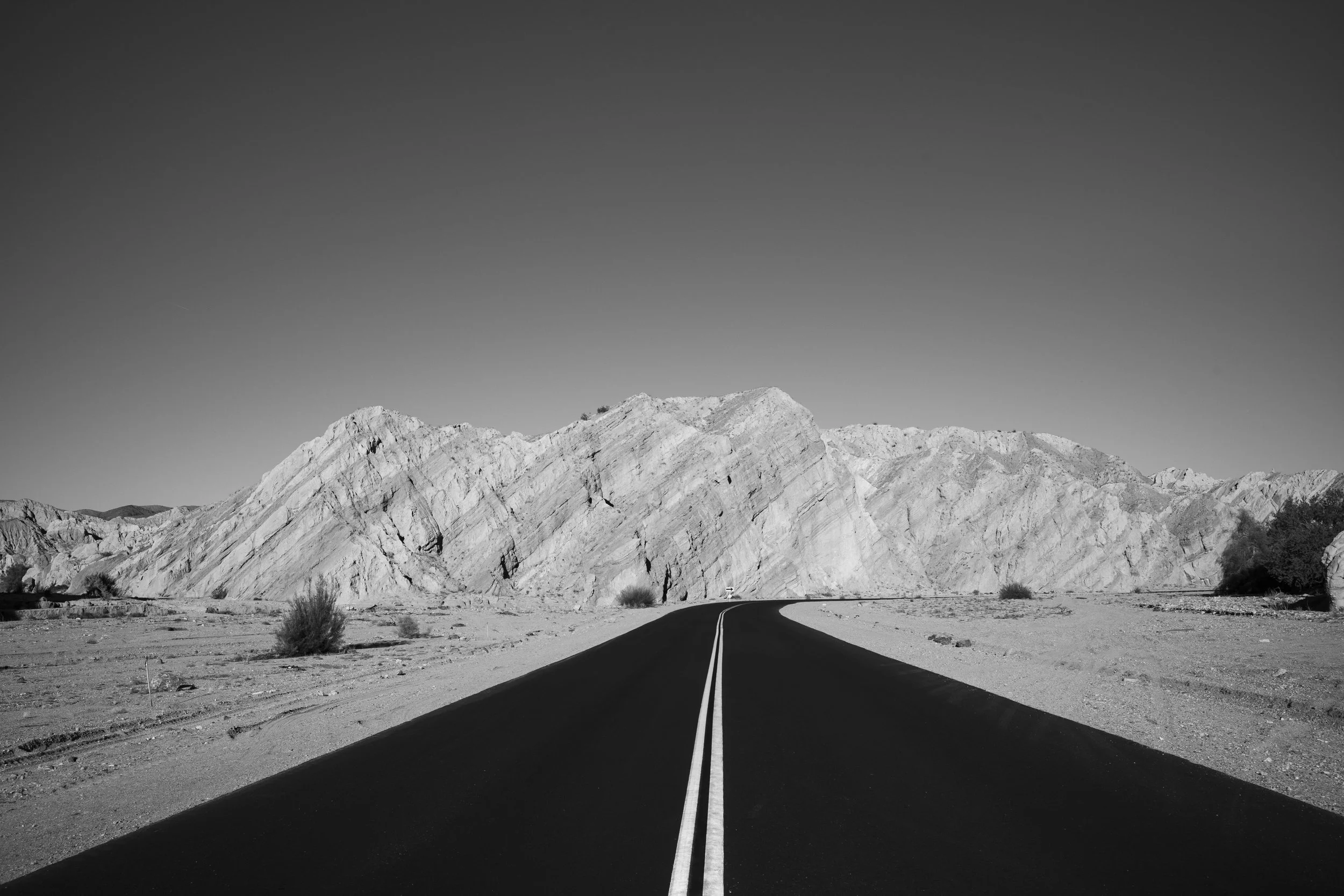305: Alejandro Cupi
Alejandro Cupi
305 is Fixer Magazine’s dedicated space for honoring the unique photographic perspectives that shape Greater Miami. Here, we recognize those whose work builds a lasting visual legacy, documenting the rhythms, textures, and layered narratives that define the city. These photographers capture the nuances of Miami’s everyday life—the culture, history, and character that lend it a singular identity.
We invite you to explore this curated selection, a testament to the individuals who, through their lenses, chronicle Miami’s distinct place in the world.
Tribute to Nature Series – Everglades National Park, 2022 ©alejandro cupi
- What first drew you to photography, and what keeps you motivated to pick up the camera today?
What first drew me to photography was my father’s collection of National Geographic magazines. As a child, I would sit for hours flipping through those pages, completely captivated by the images and the stories they told. They opened up the world to me. It made me realize the power of a single image to transport, inform, and move.
Today, my motivation has evolved. Photography remains the way I connect with the world and with myself. My current practice is more conceptual; it’s driven by ideas, questions, and abstract explorations rather than narratives. What keeps me picking up the camera is the endless potential to translate thought into image, to explore something intangible through visual form.
-Do you have a recurring theme or story that you find yourself returning to in your work?
Yes. For many years, I’ve consistently returned to nature and more specifically, to the complex relationship between human beings and the natural world. It’s a theme that keeps evolving in my work, both visually and conceptually. My interest in nature isn’t about documenting it but rather engaging with it as a space for reflection and quiet meditation; and in many ways, as a form of tribute. Through my work, I try to honor the presence, mystery, and resilience of the natural world, while also questioning our place within it.
-Do you trust instinct or patience more when anticipating a shot?
If I had to choose, I would say that patience is my strongest guide. It's almost a philosophy in my practice. My work often requires stillness, observation, and the willingness to wait, not for the perfect shot in a traditional sense, but for a certain alignment between idea, environment, and feeling. In that space of waiting, something subtle often reveals itself.
Tribute to Nature Series – Everglades National Park, 2022 ©alejandro cupi
-What’s one thing people would be surprised to learn about how you work or approach a shoot?
People might be surprised to learn that I often begin with sketches, rough, very imperfect ones. I’m not good at drawing at all, but it’s my way of pulling ideas out of my head and giving them some initial form. It helps me visualize what I’m trying to explore before I even pick up the camera. From there, I take that imagined image into the field and begin the process of making it real. The sketch isn’t a blueprint, but a starting point, a way to connect concept and soul before the camera gets involved.
-What’s the photo you’ve never shared, and why is it still hidden?
I can’t say there’s a specific photo I’ve deliberately kept hidden. If I haven’t shared an image, it’s usually because it doesn’t quite fit within the larger context of my work, or it hasn’t found the right moment. Not every image needs to be seen. Some are simply part of the process.
Tribute to Nature Series – Everglades National Park, 2022 ©alejandro cupi
- Would you rather take a technically perfect photo with no soul or an imperfect one that feels true?
Always the imperfect one that feels true. For me, intention is the most important asset in photography. I’m not interested in lucky shots or random moments that happen to look good; the image needs to come from a place of purpose, of thought, of connection. What matters is that it has soul, that it carries something real. Without that, it’s just surface.
-Every photographer has a “defining moment” behind the lens, a shot or experience that marked a turning point. What’s yours?
It was in 2017, when two of my images were selected as finalists for the National Geographic Photographer of the Year contest. That moment changed everything. It was the first clear sign that I needed to take photography seriously, not just as a passion, but as a path.
It felt like a dream come true. As a child, I had spent hours immersed in my father’s National Geographic magazines, completely captivated by those images. To see my own work carrying that iconic yellow rectangle felt surreal. It was more than validation; it was a quiet, personal affirmation that I was exactly where I needed to be.
Tribute to Nature Series – Everglades National Park, 2022 ©alejandro cupi
-When it comes to photography, do you think time is a constraint or an ally?
For me, time is a constraint, but one I’ve learned to respect. Because I often work with nature and natural light, I’m subject to conditions I can’t control. Sometimes I have only a few minutes to make an image I’ve been envisioning for weeks. The light shifts, the weather changes, and the opportunity passes. But within that constraint, there’s also clarity. It forces me to be fully present, to trust the preparation I’ve done, and to respond to the moment with precision.
Great White Shark, Guadalupe Island, Mexico, 2016 ©alejandro cupi
-What’s the longest you’ve ever waited or worked for one single shot?
Probably the photo of the great white shark that was later selected by National Geographic. That image didn’t happen by chance; I had envisioned it long before and spent about a year planning every detail in advance. Once I was on location, it took another three days of waiting, watching, and adapting to nature’s rhythm before I was able to make the exact image I had in mind. Once again, patience is everything.
Joshua Tree National Park, California, 2019 ©alejandro cupi
-What’s the hardest part of developing a long-term project: finding the subject, staying committed, or knowing when it’s finished?
The hardest parts are staying committed, especially when life inevitably gets in the way and knowing when a project is truly finished. Long-term work requires a kind of quiet persistence, and that can be difficult to maintain when other responsibilities or rhythms of life pull your attention elsewhere. And then there’s the question of closure. Conceptual projects rarely offer a clear endpoint. There’s always the temptation to revisit, refine, or extend.
-Do you see yourself more as a creator of single, powerful images, or as someone building stories across a body of work?
I used to see myself primarily as a creator of single, powerful images, moments that could stand alone and carry their own weight. But over the past five years, my perspective has shifted. I’ve become much more focused on building a body of work where the images speak to each other, where connections, contrasts, and questions emerge over time.
California Roads – California, 2019 ©alejandro cupi
- What advice would you give to photographers struggling to turn loose images into a cohesive body of work?
Ask yourself what keeps showing up in your images, even unintentionally. Sometimes the thread is already there, you just need to slow down enough to see it. Be patient. Also, look beyond photography. Inspiration can come from literature, cinematography, music, even a conversation. Sometimes it takes something from outside the frame to help you recognize the connections within your own work.
MIAMI TALENT
self portrait
Alejandro Cupi is a professional photographer based in Miami. Born and raised in Buenos Aires, Argentina, his work explores the evolving relationship between human beings and the natural world. With a conceptual approach grounded in reflection and intention, he uses photography as a way to engage with themes of perception, presence, and our quiet, often fragile dialogue with nature.
He sees the act of photographing as both a meditative process and a form of tribute — not focused on documenting the world as it is, but on exploring how it feels, how it shifts, and how we shape and are shaped by it. Patience, slowness, and subtlety are essential elements in his practice.
His work has been recognized by National Geographic, LensCulture, Leica Camera USA, among others, and continues to evolve through long-term projects rooted in curiosity and connection.











